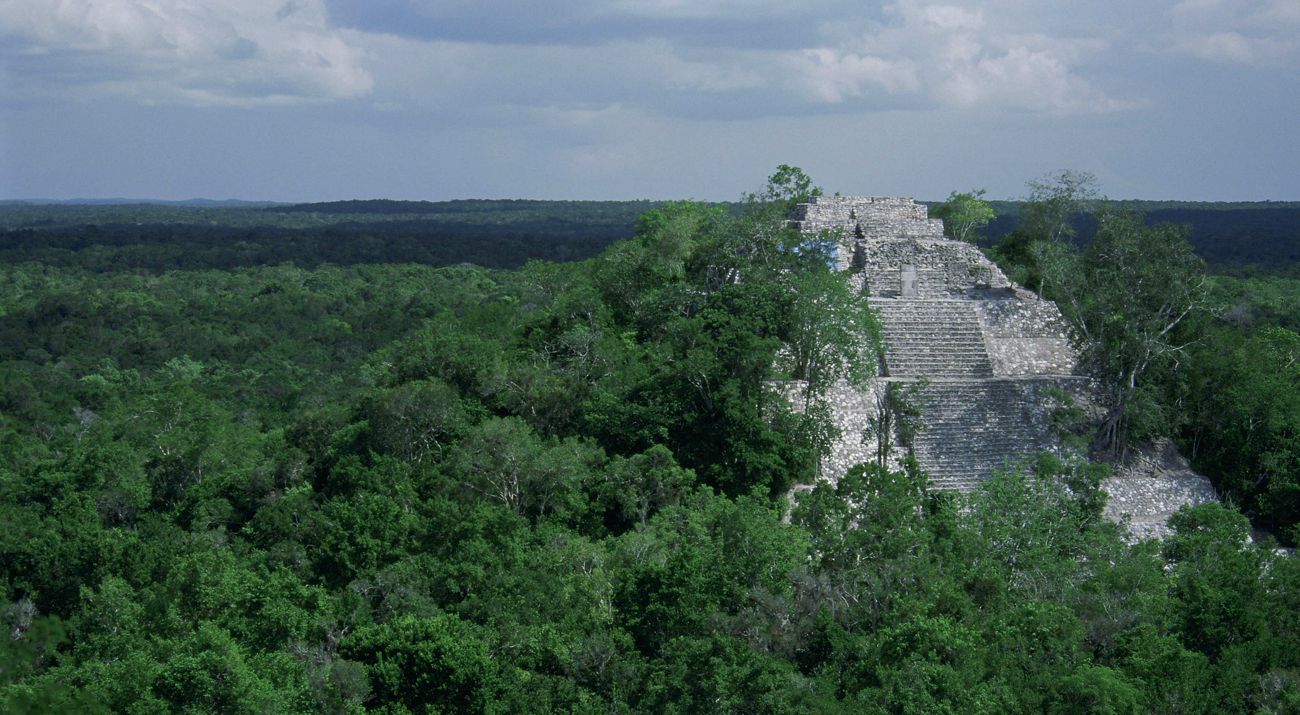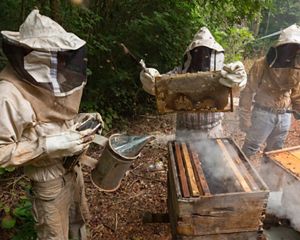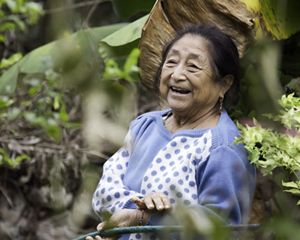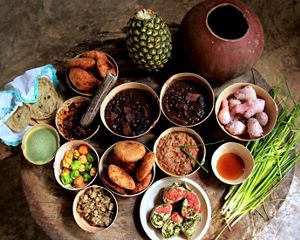
After the Amazon, Mesoamerica’s 35 million-acre Mayan Forest is the largest remaining tropical rainforest in the Americas. Stretching across Belize, northern Guatemala and Mexico’s Yucatan Peninsula, the Maya Forest provides refuge for countless rare and endangered species like white lipped peccary, tapir, scarlet macaw, harpy eagle and howler monkey. One can often spot jaguar tracks on the forest’s floor. It also harbors up to 400 species of birds, and in peak winter migratory months, as many as several million avian visitors.
The forest is also home to vibrant Mayan communities. Many continue to practice traditional farming techniques and steward the forest as they have for generations.
However, pressures on the Maya Forest are greater than ever before. Traditional small-scale production is giving way to extensive agriculture and ranching, posing a threat for this vast and unique resource. True development implies improving the welfare of local people and promoting conservation efforts for a green supply chain that will allow for better economic opportunities for communities, help keep soils healthy, allow for access to clean water and reduce vulnerability to climate change.
To achieve this, The Nature Conservancy is working with multi-sector partners to step up work at unprecedented scales. Our efforts in the Maya Forest seek to transform the region from a deforestation hotspot into a green economy that allows people and nature to thrive.




